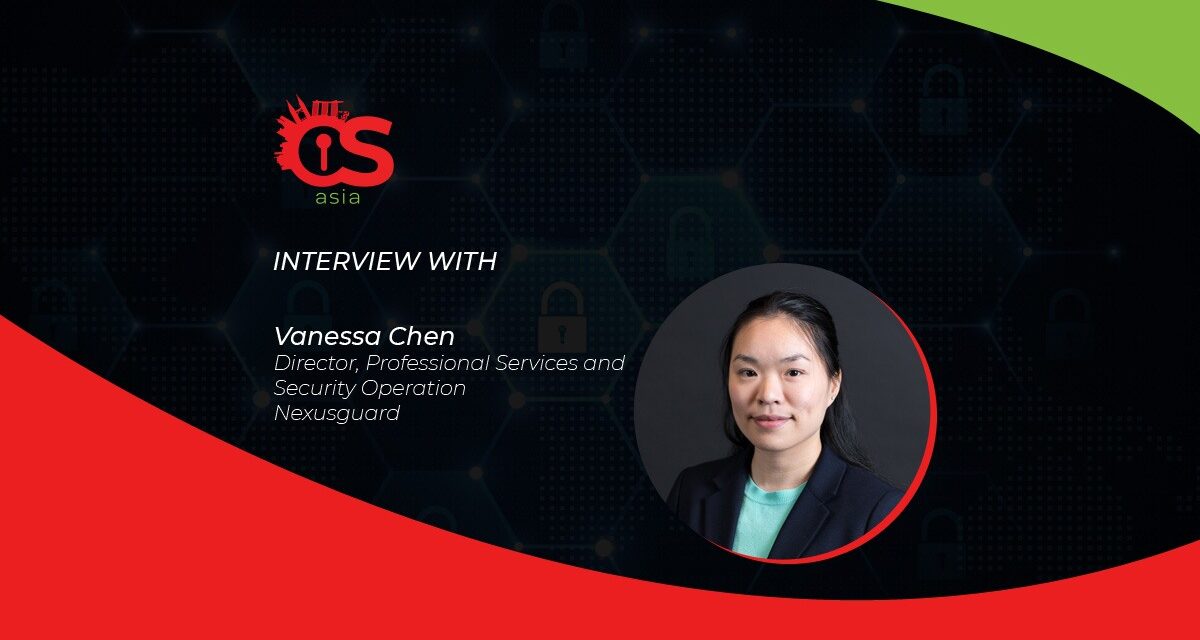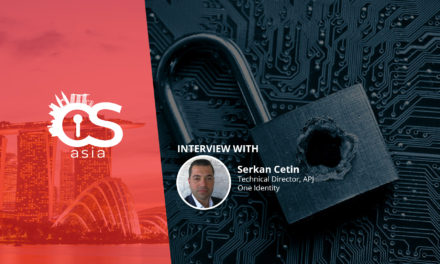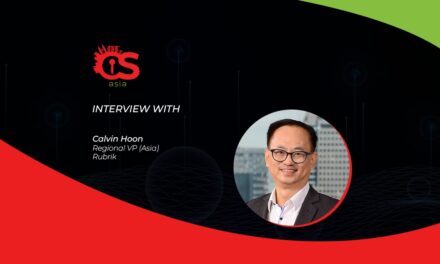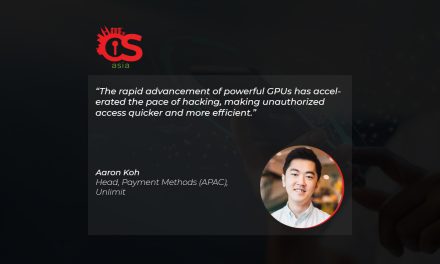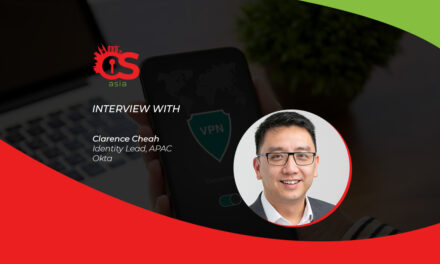How to win by putting back the human touch in the efficient but cold and unfeeling world of AI-powered automation.
Think back to the last time you spotted a suspicious or unfamiliar transaction on your credit card bill. Chances are you got on the phone with your bank, anxious for help and frustrated, only to be met with the cold and lifeless tone of an automated response.
You would probably agree that, in such times of urgency, unempathetic service just doesn’t cut it.
The same could be said for cybersecurity firms when communicating with their enterprise customers. For instance, when an ISP customer faces problems, such as Starhub’s data breach in July 2021, the pressure is on to get to the root of the issue, as any compromise to the network has a direct impact on its wide base of end-customers.
However, the current state of the cybersecurity industry is known for being highly automated and, as a result, unfeeling and ineffective in its communications, leading to difficulty retaining clients.
Rapid advancements in the world of automation have drastically improved our lives, cutting down on many tedious and time-consuming processes. But cybersecurity has not necessarily always benefited from these advancements.
While automation has indeed sped up many of its processes, one key area that has suffered is client servicing, with automated responses coming across as cold, often leaving clients lost and frustrated.
Vanessa Chen, Director of Professional Services and Security Operation, Nexusguard shares her insights with CybersecAsia on how cybersecurity providers like Nexusguard work to overcome this, and how ISPs and other enterprises can gain an edge over their competitors through this gap.

In a world headed towards more and more automation, what can enterprises do to not lose the human touch when it comes to customer experience?
Vanessa Chen (VC): Automation brings in efficiency and accuracy, giving more quality time to humans to deal with complex problems. It is inevitable that in the space of Cyber Security, automation is required to respond quickly to incidents in order to contain the issues in a timely manner and reduce the damage to its customers.
While automation plays a vital role in this process, a human element is still relevant. Enterprises should engage service providers for real-time updates to provide timely notification to their customers/clients should there be a breach.
Enterprises should survey their customers on a regular basis to gather feedback on their user experience to provide a more personal touch in this area. With the feedback, they are then able to share them with their service providers to seek appropriate measures in enhancing the user experience and strengthen their cyber defense in this case.
As AI-powered automation becomes a growing necessity in securing user access and data in the hybrid and remote work environment, what are some key considerations for organizations in balancing between cybersecurity and user experience?
VC: Cybersecurity’s intention is to ensure confidentiality, integrity and availability and it has to balance with user’s experience to reduce user impact. In our field where we need to block attacks and pass legitimate traffic, we have to find an intelligent way to distinguish bad from good without introducing delays and unpleasant challenges to users.
While AI is definitely a powerful tool, organizations have to understand where to draw the line. The trend is moving towards a more seamless and hassle-free user experience but that comes with a price. The key is to strike a balance between using AI tools and a real-life person in this process to achieve the best of both worlds.
Amid ISPs’ growing vulnerability to cyber-attacks, it’s no longer sufficient to try to appease customers after a breach or downtime. How should ISPs respond to increasing customer needs for cybersecurity and uptime assurance?
VC: Targeted attacks aim to bring down a customer’s online services and ISPs are in the right position to help their customers to address the problems because attacks will pass through their network before reaching their customers.
A lot of ISPs had a solution in place, for example, black hole and clean pipe. However, customers are increasingly demanding for uptime despite complexity and size. ISPs need an Anti-DDoS solution that can address both requirements without incurring too much cost on their side.
What are some practical steps organizations can take to emphasize the importance of customer experience and to demonstrate the high priority they are placing on client services?
VC: Similarly, the key is to provide a human touch to their customers/clients. The first thing that an organization can do is to blend in customer experience in its design/planning. Before the implementation of a cybersecurity solution, organizations can conduct surveys with their clients to get to know how they normally use the services you provide to them.
Once the information is gathered, they can then assess how the new cybersecurity solution will affect their client’s experience and work towards the goal of seamless migration to a more secure environment for them. Once the design is done, the organization may conduct another round of review for clients to try the solution and collect their feedback for any improvement needed before actual implementation.




